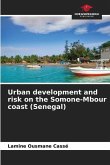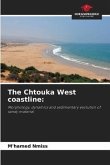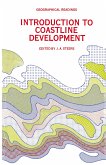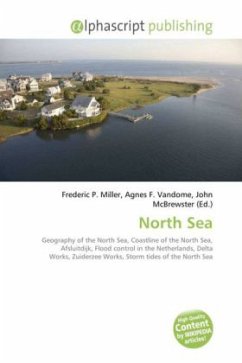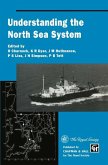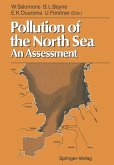High Quality Content by WIKIPEDIA articles! High Quality Content by WIKIPEDIA articles! The coastline of the North Sea has been evolving since the last glacier receded. The coastline varies from fjords, river estuaries to mudflats. The German North Sea coast The eastern and western coasts of the North Sea are jagged, as they were stripped by glaciers during the ice ages. The coastlines along the southernmost part are soft, covered with the remains of deposited glacial sediment, which was left directly by the ice or has been redeposited by the sea. The Norwegian mountains plunge into the sea, giving birth, north of Stavanger, to deep fjords and archipelagos. South of Stavanger, the coast softens, the islands become fewer. The eastern Scottish coast is similar, though less severe than Norway. Starting from Flamborough Head in the north east of England, the cliffs become lower and are composed of less resistant moraine, which erodes more easily, so that the coasts have more rounded contours. In Holland, Belgium and in the east of England the littoral is low and marshy.
Bitte wählen Sie Ihr Anliegen aus.
Rechnungen
Retourenschein anfordern
Bestellstatus
Storno


